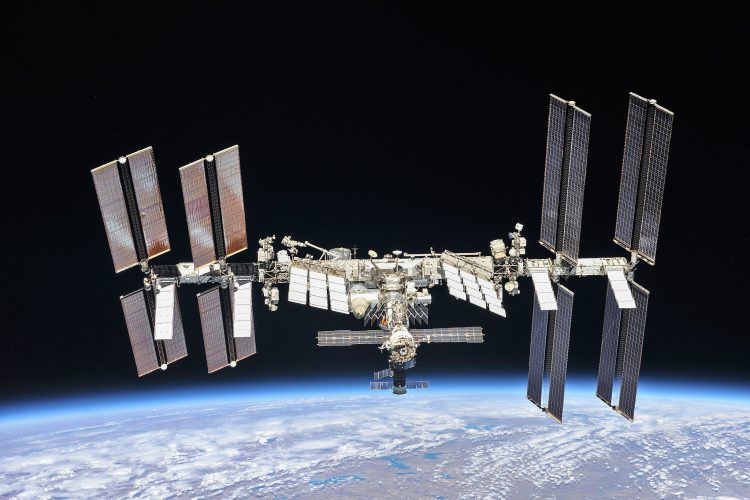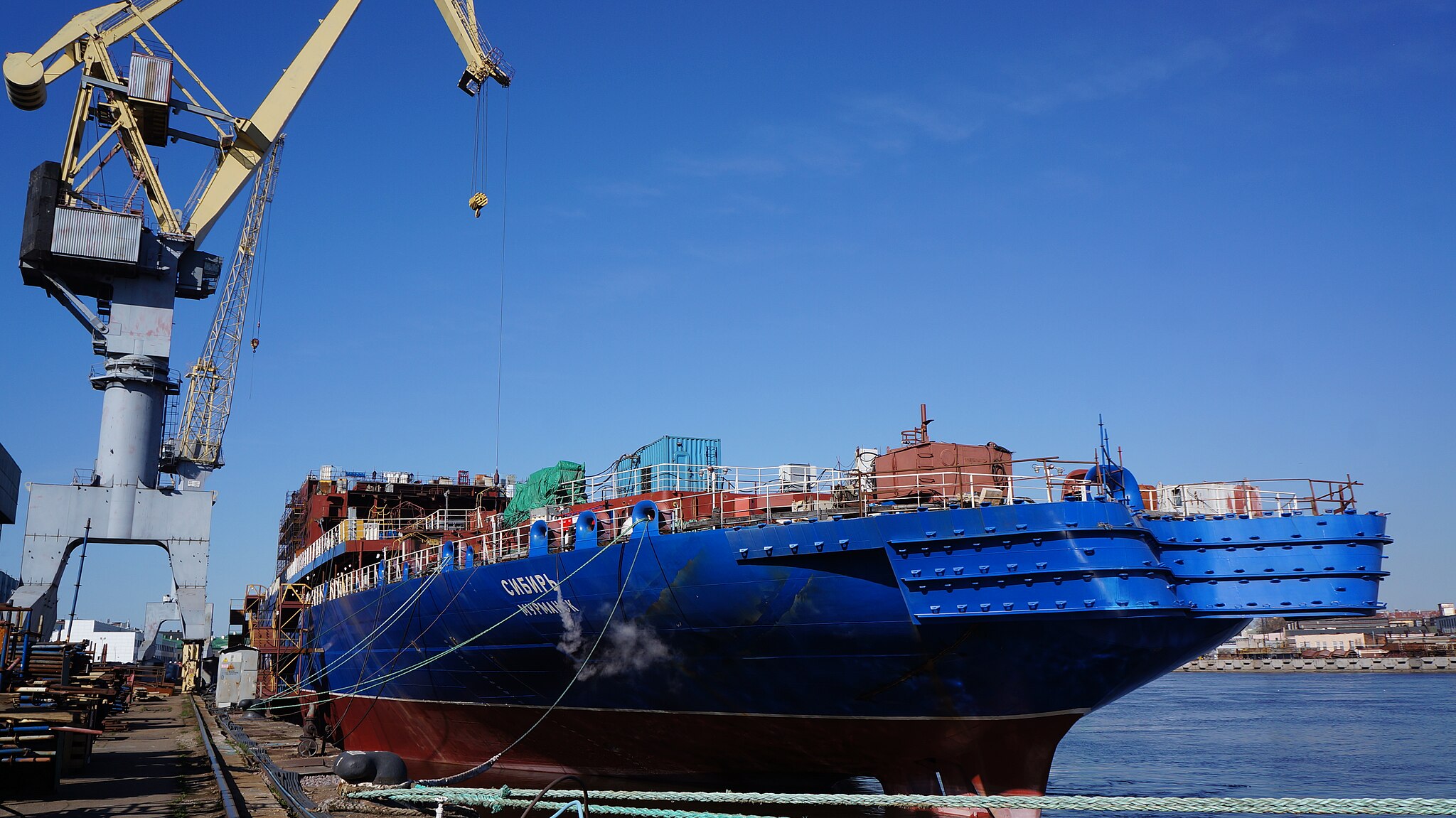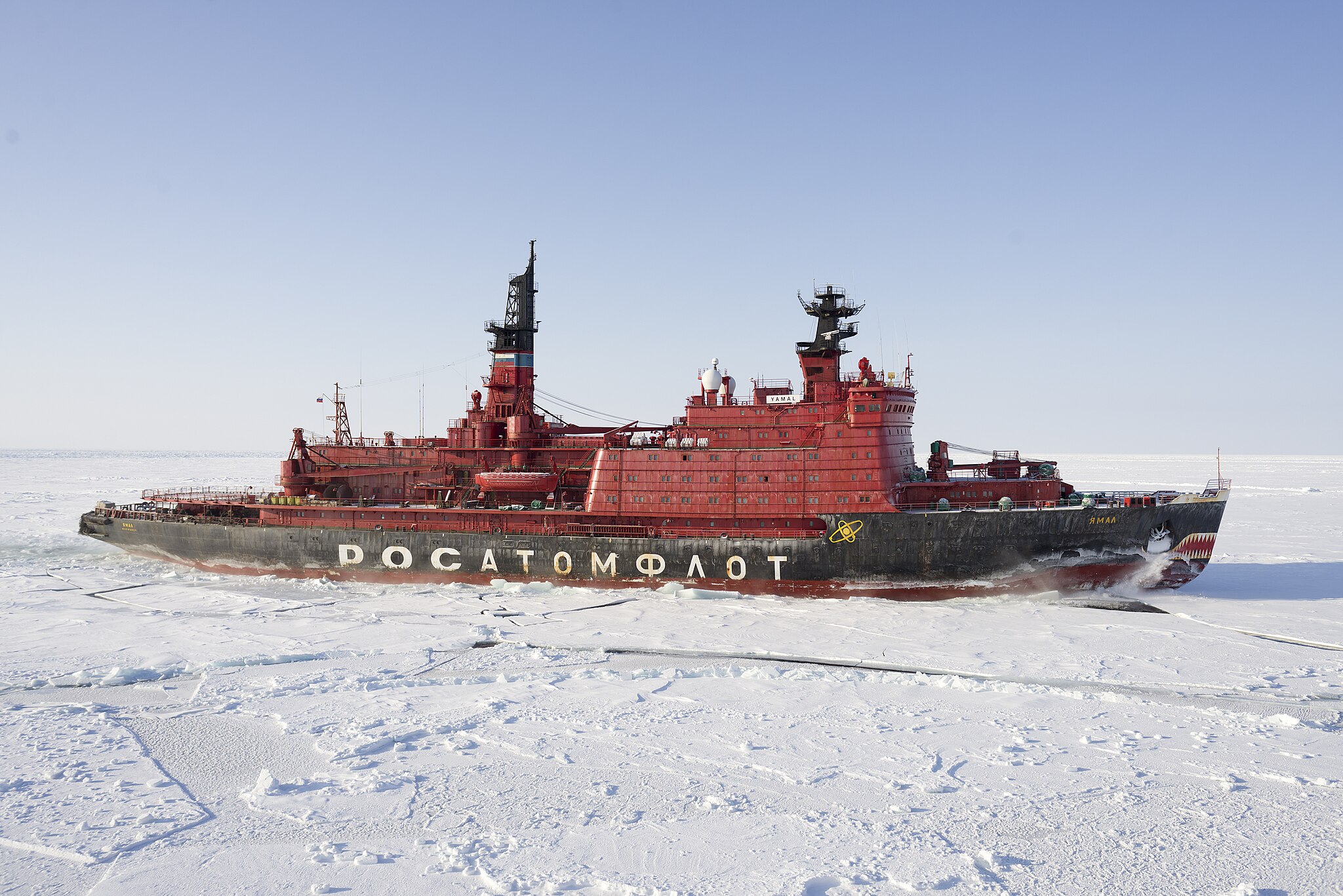Introduction
The International Space Station (ISS) is a habitable space station that serves as a laboratory for scientific research conducted in a microgravity environment. It is a joint project between NASA, Roscosmos, JAXA, ESA, and CSA, representing 15 nations. The ISS orbits the Earth and provides a platform for astronauts to live and work in space for extended periods. It has been continuously occupied since November 2000, making it one of the most remarkable achievements of human space exploration.
Design and Construction
The ISS is a modular structure, consisting of various components that were launched and assembled in space over several years. The assembly process involved multiple missions, starting with the launch of the Russian Zarya module in November 1998. This module served as the initial control module and power source. Subsequent modules, such as the US Destiny Laboratory and the European Columbus Laboratory, were added over time, expanding the capabilities of the station.
Scientific Research
The ISS serves as an important platform for scientific research in a wide range of fields, including physics, astronomy, biology, and medicine. The microgravity environment on the station allows for experiments that cannot be conducted on Earth. For example, researchers can study the effects of long-duration spaceflight on the human body, investigate the growth of plants in space, and observe celestial objects with minimal atmospheric interference. The data gathered from these experiments helps scientists better understand the effects of space on various organisms and advance our knowledge of the universe.
International Cooperation
The ISS is a testament to the power of international cooperation in space exploration. The participating nations have worked together to design, build, and operate the station. Astronauts and cosmonauts from different countries take turns living and working on the ISS, forming multinational crews. This collaboration has fostered strong relationships between nations and has paved the way for future joint missions, such as the Artemis program to return humans to the Moon. The ISS also serves as a symbol of peaceful cooperation and shared goals among nations.
Living in Space
Life on the ISS presents unique challenges due to the microgravity environment. Astronauts must adapt to changes in their bodies, such as muscle atrophy and bone loss. They also need to learn how to perform everyday tasks in a weightless environment, including eating, sleeping, and exercising. The station provides basic amenities for crew members, such as sleeping quarters, toilets, and a basic kitchen. Regular resupply missions bring food, water, and other necessary supplies to sustain the crew during their stay on the station.
Future of the ISS
The ISS has been in operation for over two decades, and its lifespan is expected to continue until at least 2028. However, discussions are already underway about the future of human space exploration beyond the ISS. NASA and its international partners are exploring various options, including the possibility of establishing a lunar gateway and sending humans to Mars. The knowledge gained from the ISS missions will be instrumental in shaping future exploration endeavors.








